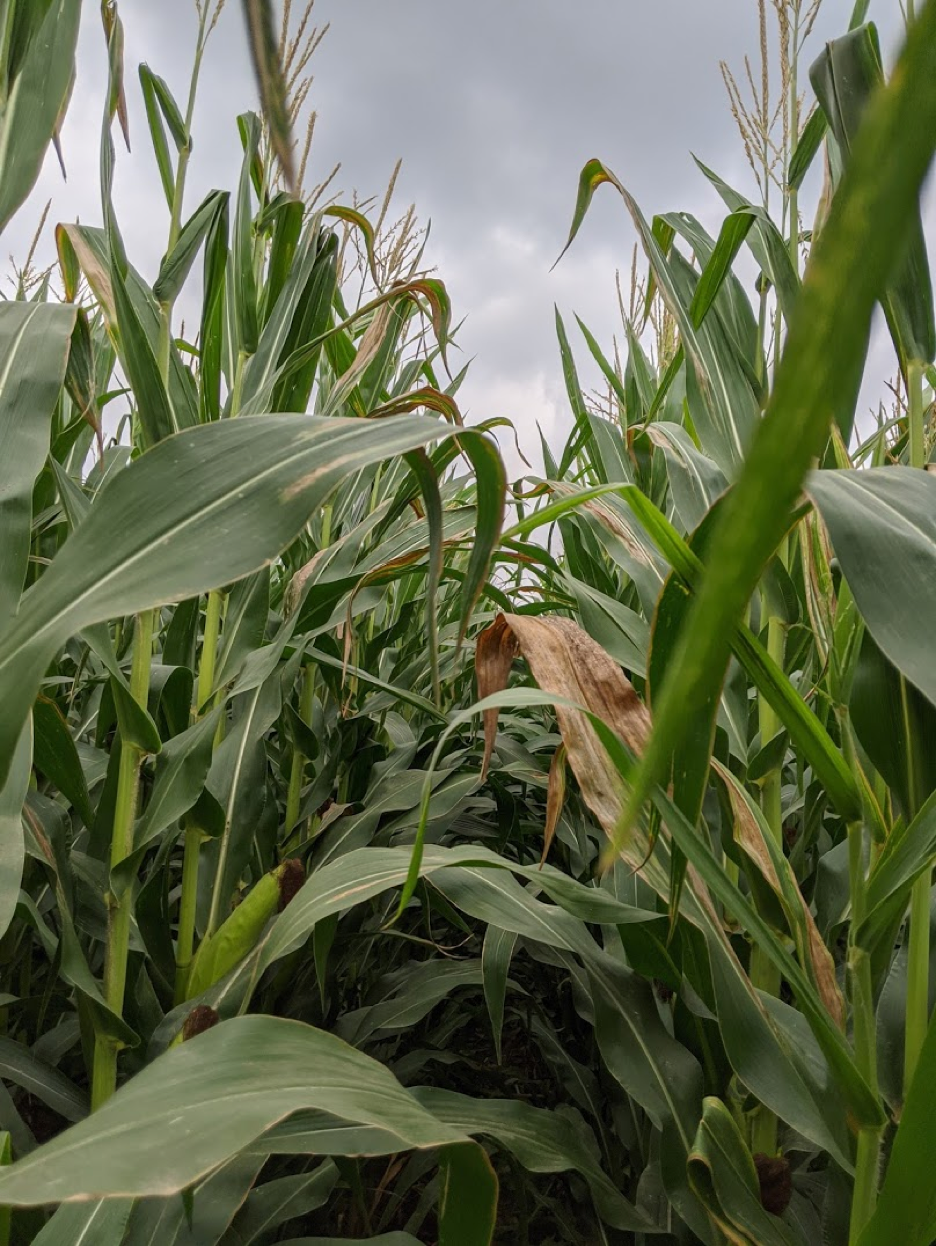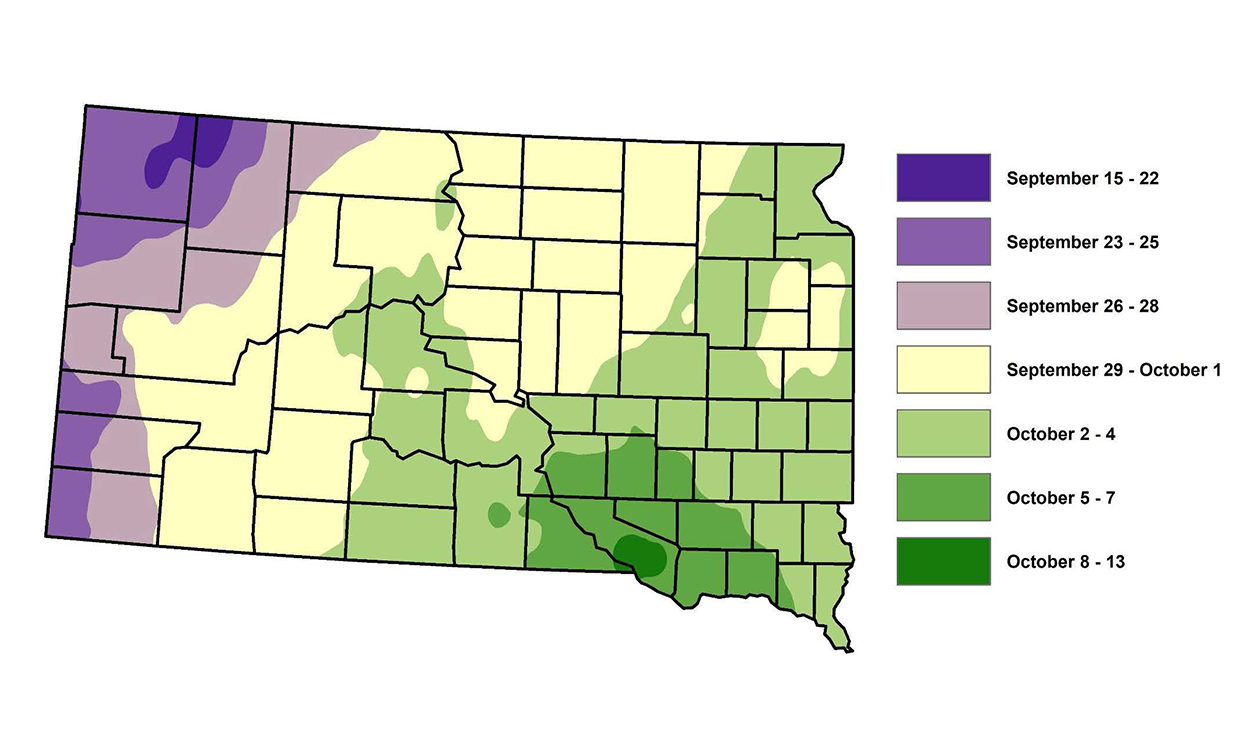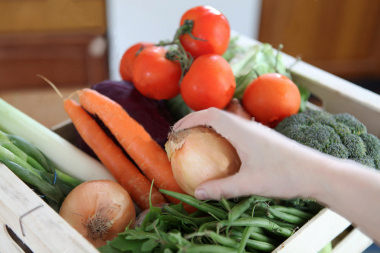Search

Poisonous Plants on Rangelands: Woody Species
Several woody plant species that are poisonous to livestock are found throughout South Dakota rangelands, including ponderosa pine, chokecherry, greasewood and broom snakeweed.

Goss's Bacterial Wilt and Leaf Blight of Corn
Fact sheet for identifying Goss’s bacterial wilt and leaf blight of corn, also known
as bacterial leaf freckles and wilt.

Crown Rust of Oats
Fact sheet on Crown Rust of Oats for agronomist and growers.

Best Management Practices for Sunflower Production
This is your unbiased, research-based guide to sunflower production, providing the latest recommendations to help increase yield, reduce input costs and protect your investment.

‘Baa-d Cedars’ Field Day Examines Goat-Targeted Grazing on Cedars
September 17, 2021
South Dakota State University Extension invites the public to an interactive Eastern Red Cedar Management Field Day to see the impact goats can have in controlling the most widely distributed conifer across eastern North America.

Noxious Weeds of South Dakota
Pictorial reference guide of noxious weeds in South Dakota

First Fall Frost Dates
The first fall frost often marks the end of the growing season, and many garden plants may not survive the freezing temperatures. Learn about some available tools we can use to predict the first fall frost dates around the state.

Sheep Facilities and Moisture
Fact sheet for keeping a barn comfortable and dry to increase lamb survival.

CSA Benefits: A Consumer Perspective
Community Supported Agriculture (CSA) programs can offer a wide variety of benefits to consumers.

Community Gardens: Liability Insurance
Groups organizing a community garden often ask about liability insurance. They will typically consider getting a policy if they have an organization to protect, or as coverage for the landowner in case a participant is injured and elects to sue.